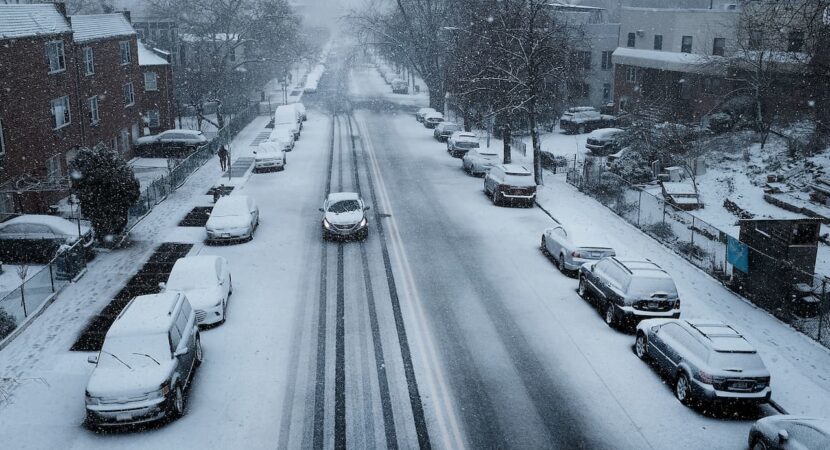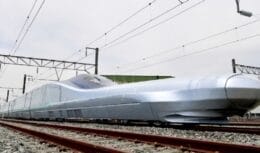
Researchers in Japan develop a method to generate renewable energy through snow. The electricity generated is expected to be equivalent to conventional solar panels.
Researchers from Aomori, a city in Japan, began to study methods to generate renewable energy through the snow to provide a sustainable energy supply and meet any electricity shortages. Aomori is a beautiful city in the country, located 715 km north of Tokyo. In addition to its attractive blue pine forests, the city is known for being one of the snowiest places on Earth, receiving an estimated 25 to 26 feet (7,92 m) of snow a year.
Japanese scientists generate energy from snow with pool tests
In 2022, there was so much snow in the city that authorities spent an estimated $46 million, equivalent to 5,9 billion yen, just to remove it from buildings and roads. To get rid of so much snow, the Japanese throw everything into the sea.
This process may even seem cool at first, however it takes a lot of time, money and resources. So a team of researchers from the city-based IT startup Forte and the University of Energy and Communications (UEC Tokyo) came up with an interesting solution to the snow problem.
Scientists suggest that the extra snow in japan city can be used to generate clean and affordable electricity. The snow ran out of energy, and scientists have already started testing the technology in the pool of an abandoned school building.
The researchers believe that their approach could be useful for several European countries that are currently facing an energy crisis in the midst of the war of Russia and Ukraine. Most of these countries in Europe have no shortage of snow and could use it to generate renewable energy.
Scientists' method uses heat pipes to deliver cold air and hot air
During research, Japanese scientists employed abundant amounts of snow and extreme air to power a turbine that generates electricity. The outside air obviously has a higher temperature than the air around the snow because it gets some heat from the sun.
Researchers will use heat pipes to supply cold air and hot air to the coolant inside the turbine. The temperature difference between the cold air and the hot air will give rise to a convection current in the turbine coolant. This current will eventually spin the turbine and generate power from the snow.
The authors claim that their method of generating renewable energy based on snow can achieve the same efficiency as a solar power plant and possibly in a much more economical way. The effectiveness of this system also depends on the temperature difference factor. According to Koki Enoki, researcher and professor at UEC, the greater the temperature differences, the greater the efficiency of energy generation.
Obstacles to be faced by scientists
Unlike any other method of renewable energy production, the snow energy approach also presents great challenges. For example, to make this process scalable, large snow storage facilities will be needed.
In addition, a continuous supply of warm air in snowy regions can also be difficult for companies that manage power plants from snow. The researchers will conduct their study in the Japanese city until March to test the feasibility of the proposed method.
Meanwhile, they will also look for ways to harness the hot air from the hot springs for their system and overcome other limitations. It is estimated that the tests will be successful and this method of generating energy based on snow will give rise to a new revolution of renewable energy in cold regions of the world.
Source: interestingengineering












